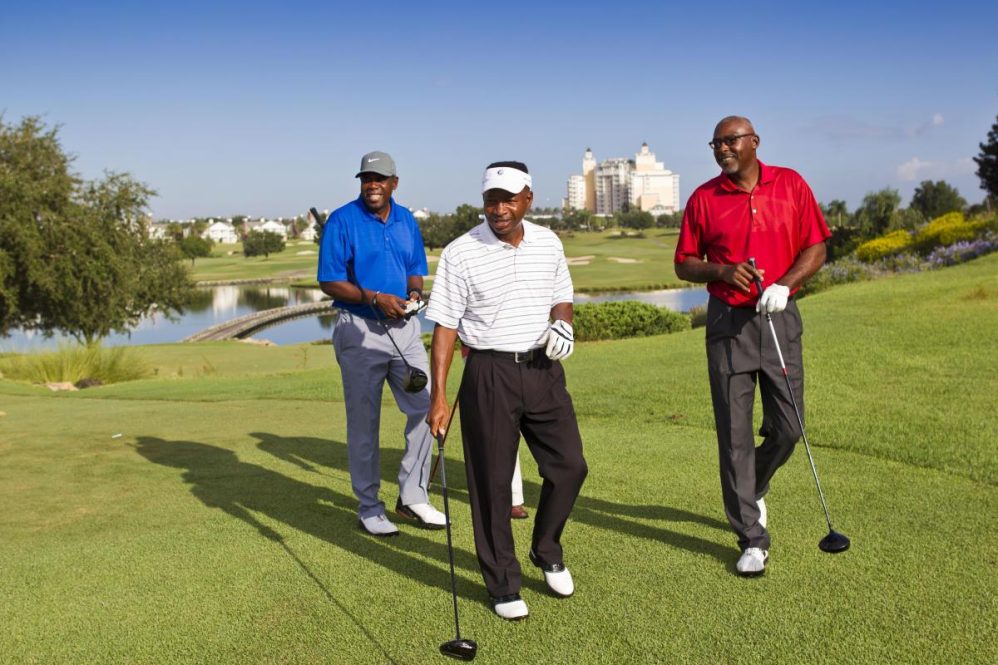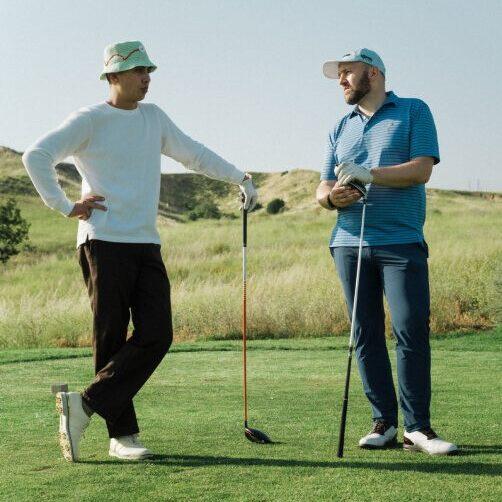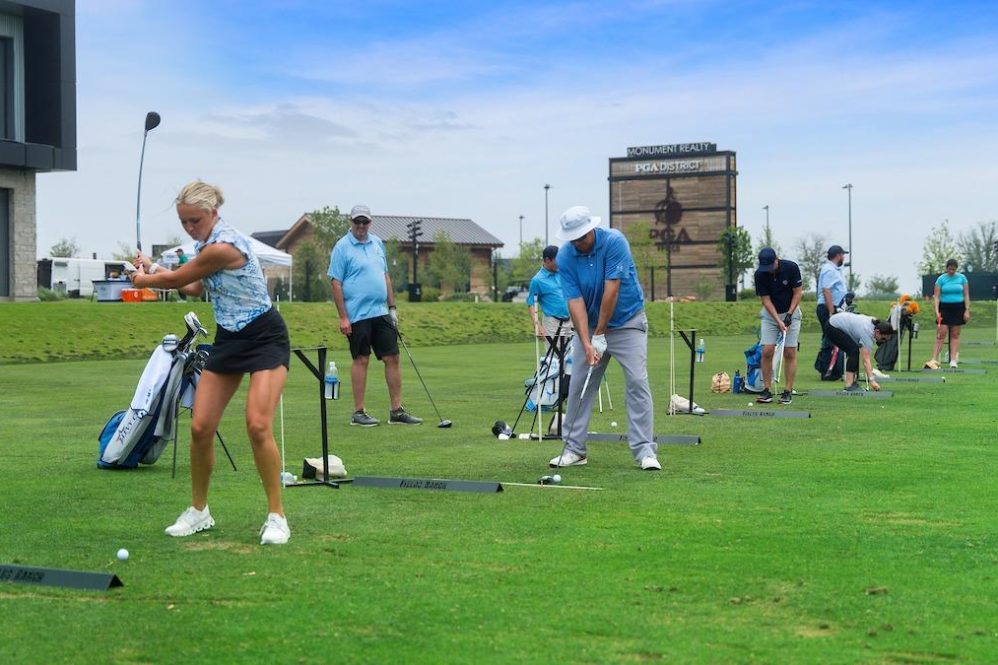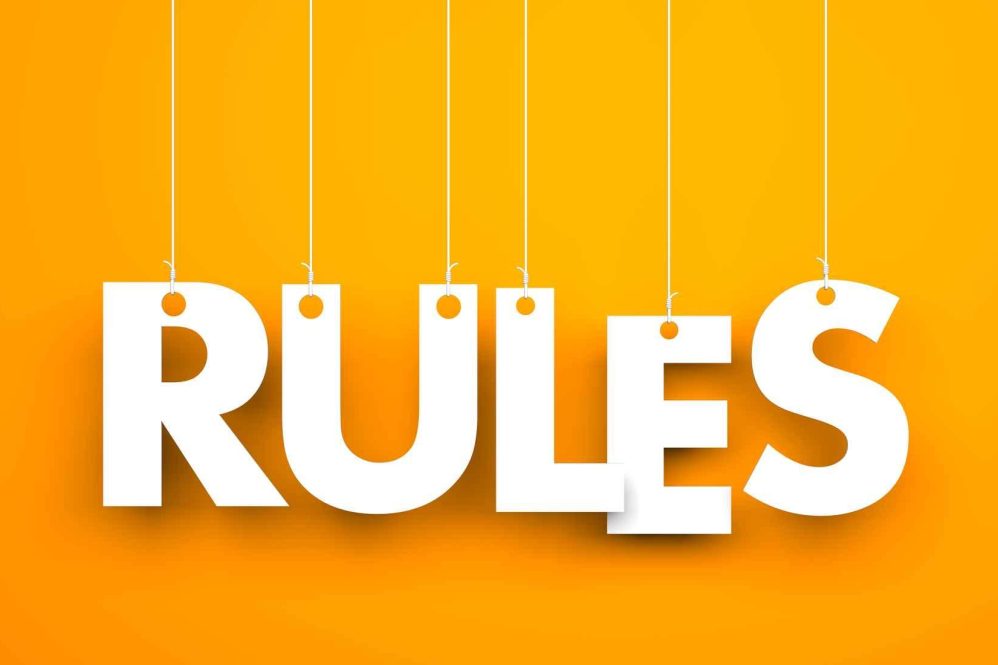
**Is Tapping Down Grass Around the Hole Before Putting a Legal Move? Find Out!**
Rules Guy: Is it legal to tap down grass around the hole before putting?
Absolutely! It is perfectly legal to tap down the grass around the hole before you take your putt. The rules specify that players cannot “press” the putting green, but a gentle tap is not considered pressing.
Tapping down the grass is a widely accepted practice among golfers and can significantly enhance your ball’s lie. By doing so, you create a smoother surface for your ball to roll on, which can lead to more accurate and successful putts.
That said, it’s crucial to be mindful of how hard you tap. Pressing too firmly could potentially harm the green.
As a general rule of thumb, aim for a light and gentle touch when tapping down the grass. This approach will help improve your ball’s lie while preserving the integrity of the green.
Additional information:
The rule book does not specify how hard a player can tap down the grass. Some players think it’s acceptable to press down firmly, while others argue that only light taps are permissible.
* Ultimately, it’s up to each player’s discretion on how much pressure they apply when tapping down the grass









